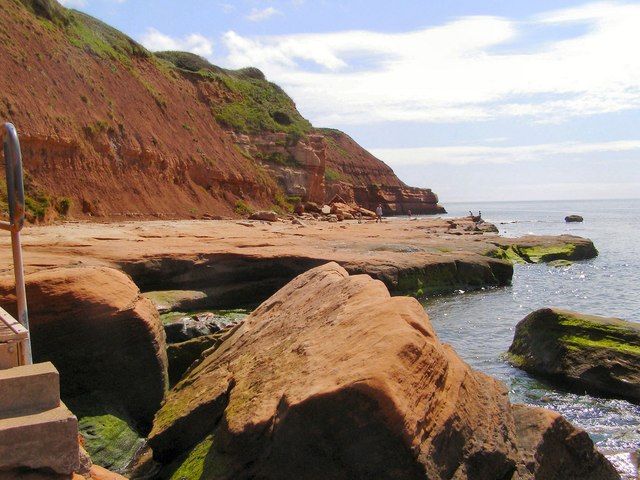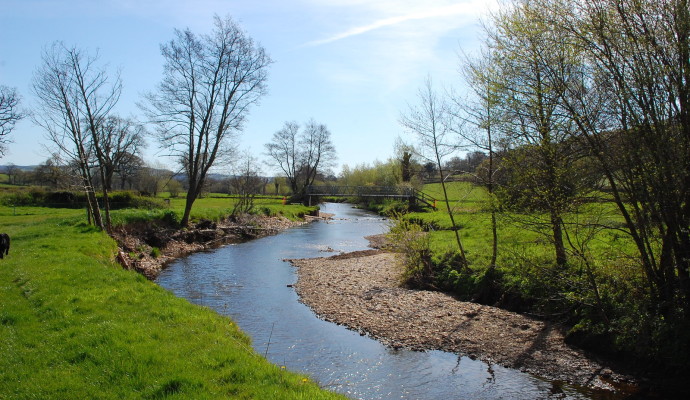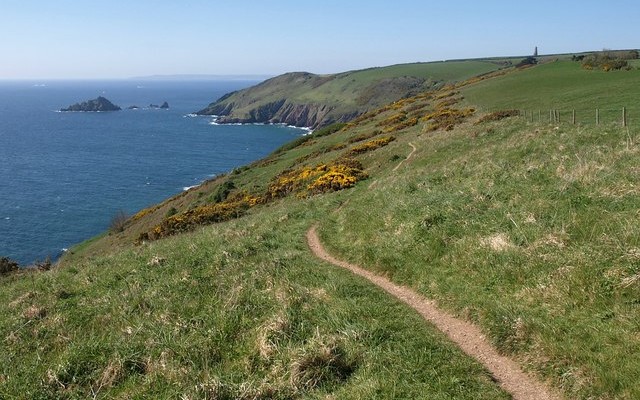Interesting information
Passing westward from Orcombe Point you come to the Maer Local Nature Reserve. This is an area of sand dunes which, before the construction of the road along the seafront, would have been a landward extension of the bigger dunes on the beach. This sand rests on a raised beach which is 8 to 10m above the present beach level.
Low cliffs at the northern end of Lympstone show an exposure of a rock consisting of large angular pebbles, made from a variety of rock types including granite, sandstone, and volcanic rocks. This is known as the Exe Breccia (a word that literally means ‘rubble’) and is the result of torrential flash floods bringing material from mountainous ground to the west.
This stretch of coastline also offers terrific views of the Exe Estuary, a site of international importance for its wildlife. It is in an Area of Outstanding Natural Beauty, Site of Special Scientific Interest and World Heritage Site.




